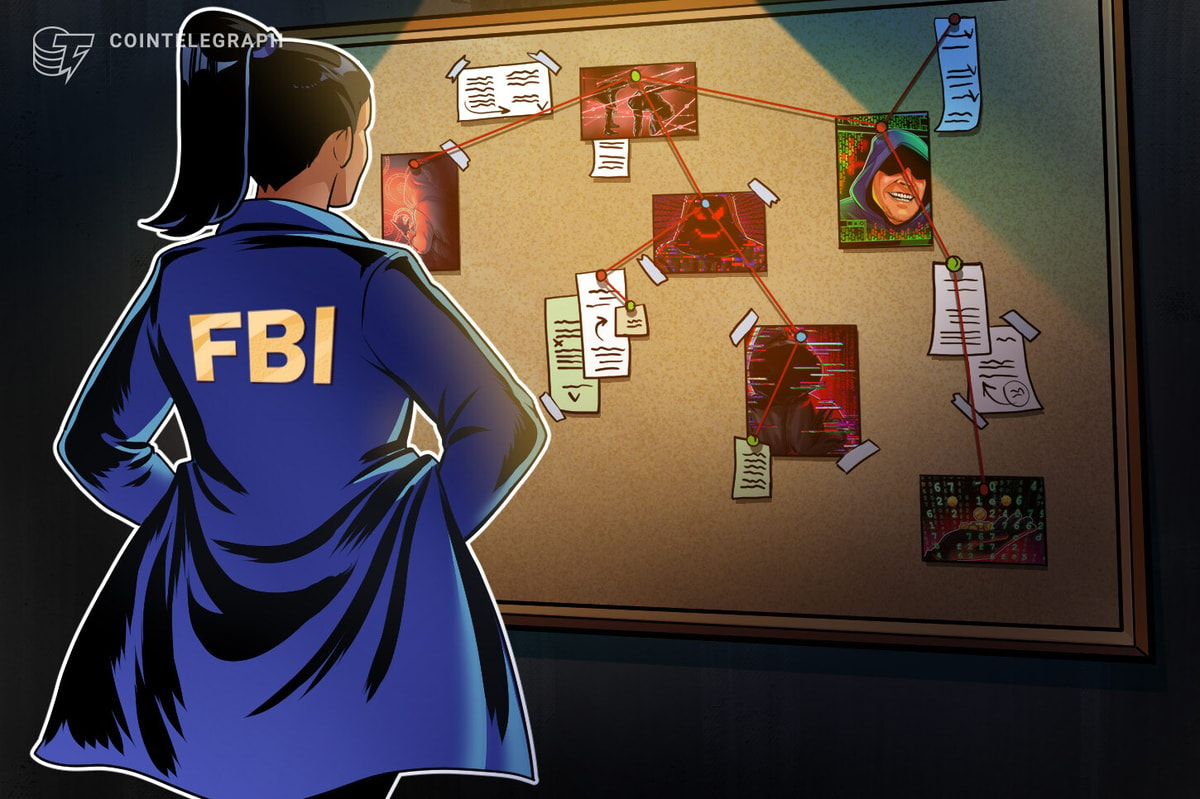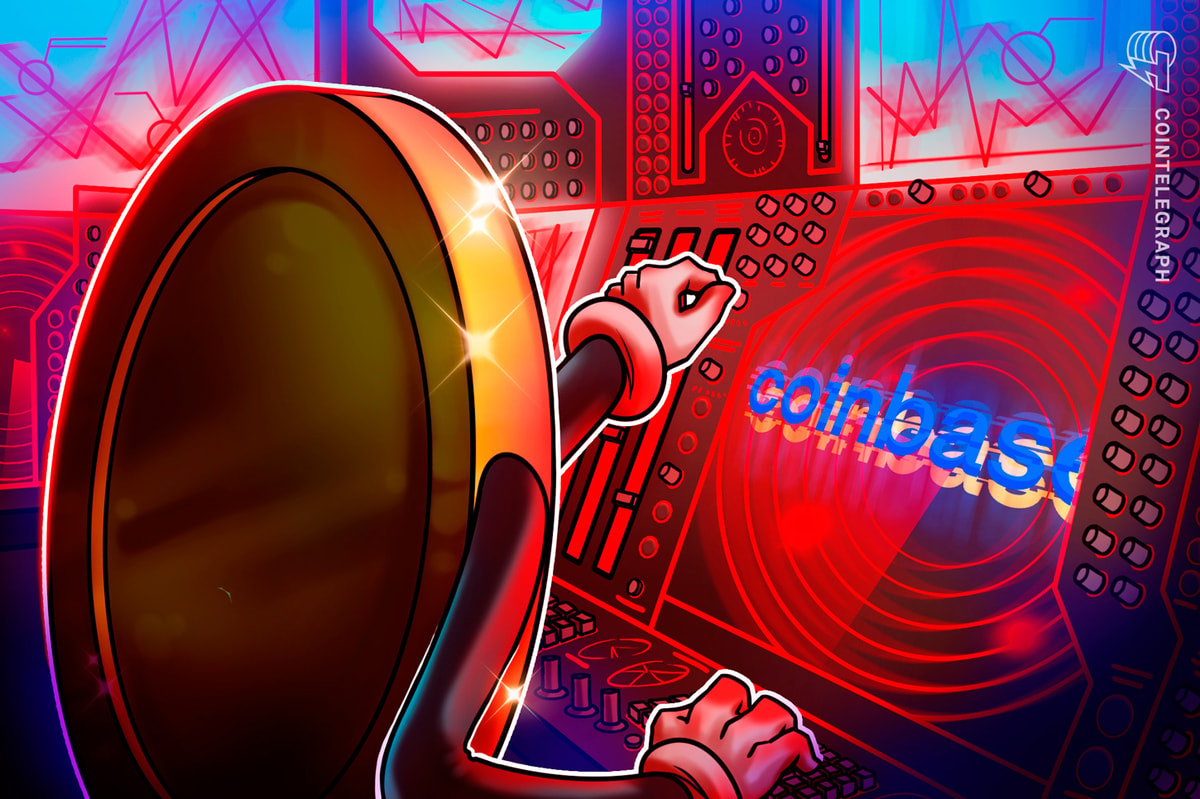Most common NFT scams
When you’re an active NFT trader, you can’t avoid all the scams in the world of nonfungible tokens. The most common NFT scams are phishing, counterfeit NFTs and pump-and-dumps.
The year 2021 was a breakthrough for nonfungible tokens (NFTs). But when something gets popular like decentralized finance (DeFi) and the newest version of the Web called Web3, there are also risks involved.
Follow the money is advice you don’t have to give hackers twice. Last year, hackers took home $14 billion from crypto-related hacks and still, cryptocurrency crime numbers have risen 79% — and the risk is not over yet. But how do NFT traders protect themselves from getting scammed? First of all, educate yourself. By understanding the most common NFT scams, you can get your tokens to safety.
The most important thing to note is that NFT pump-and-dumps are bad news. NFT scammers will use hollow-hearted information to jack up the floor price (representation of the lowest price for an item, updated in real-time) of an NFT of your interest. When they are successful in their tactics, they sell their items and leave others empty-handed. Also, a common trick is the technical support scam. When you’re a user of Telegram or Discord, you probably see the crypto scams happen right under your nose.
This phishing scam is not obvious at all. Scammers use fake pop-ups to link to normal-looking pages, such as your wallet. Or first-time buyers are struggling to get the deal done and they accept an offer to get help for investing in NFTs. The digitally disguised scammer asks for your personal information, which he uses to steal all your assets.
The third common NFT scam is no stranger in the world of intellectual property. Artists work hard on their original designs. It takes a lot of hours to establish an NFT collection so when they get copied by someone else, it’s like biting into a sour apple. The scammers take the artist's work and turn it into an NFT. Buyers will believe they’re investing in an original artwork and place high-valued bids.
Are NFTs a scam?
NFTs are not a scam. On the contrary, they are a big booming business.
NFTs could be collectors’ items like baseball cards back in the day, but they don’t have to be. An NFT could also be a digital form of entertainment, the valuable art a moment in time even. There are a lot of people who think it's a bubble that’s going to burst and maybe it will happen, eventually. But now is not the time to speculate about that, because they are still booming.
Because security and compliance are complicated topics, NFTs are somewhat vulnerable. On top of that, crypto, blockchain and NFTs are like the new kids on the block, which the rest of the neighborhood still doesn’t know much about. And everything unknown involves extra risks. At the beginning of this year, users of the largest NFT marketplace (OpenSea) were ambushed by a phishing attack. At least 32 users got their NFTs stolen, with a total worth of 1.7 million dollars.
NFTs aren't a scam but they are sometimes easy to steal and as long as the NFT market keeps growing, the number of attacks will grow with it. Hackers will also get more and more creative and increase their technological know-how. There’s more NFT news about scams because a year ago, hackers robbed users from Nifty Gateway. They took home a lot of NFTs and even used credit cards from users who didn’t enable two-factor authentication (2FA) to buy more NFTs up to $10,000 per account.
How can you avoid NFT scams?
To avoid NFT scams, it would be wise to keep an eye on the news coverage. Also, optimize your digital security and do not fall for shady contact requests and weird pop-ups.
Users are getting more familiar with the risks of trading and keeping their NFTs safe. But when you already hold an NFT or are planning on buying one or more, it’s important to know how to avoid an NFT scam. As an user, you can arrange several precautionary measures to protect your assets from getting stolen.
First of all, it’s important to know what you’re doing. To avoid pump-and-dumps, it’s wise to review the transaction history of the NFT you want to buy. Also, look up the contact details of the creator and do your research on them. If all of the transactions were carried out around one specific date, then a light should go on.
While we’re talking about phishing scams — always keep in mind that your personal information belongs to you! Never give away your wallet’s keys and do not react to suspicious offers or contact requests. Needless to say, always secure your accounts with 2FA; it’s the least you can do.
In the case of stolen artwork, there are times when you can’t do something. Of course, you can verify the accounts of the creator, the social media messages and the community. Like in any other case, do your research. Some NFT marketplaces are developing new tools which they use to scan public blockchains for counterfeit NFTs. Lastly, NFT scammers don’t have the blue checkmark beside their usernames.
Are NFTs worth it?
NFTs are suitable as an investment. If you count your steps and take your safety measures, it’s a whole new world to explore.
We’re in the middle of the roller coaster called NFTs but for a lot of people, there’s still a discussion about NFT investments vs. NFT scams. With a total market value of $40 billion, there’s no need to explain the success of the nonfungible tokens. Many will tell you NFTs are nothing more than overpriced PNG files that are a complete scam but the opposite is also true.
Yes, some NFTs are scams and some platforms are not as honest as you would hope. But this does not mean that all NFTs are scams. When you go buy a car, you will meet some sketchy salespersons — that’s a risk that comes with life. When you’re ready to invest in an NFT, it’s important to realize that the worth isn’t in the image itself. There’s value in the underlying asset that gives NFTs their practical worth.











